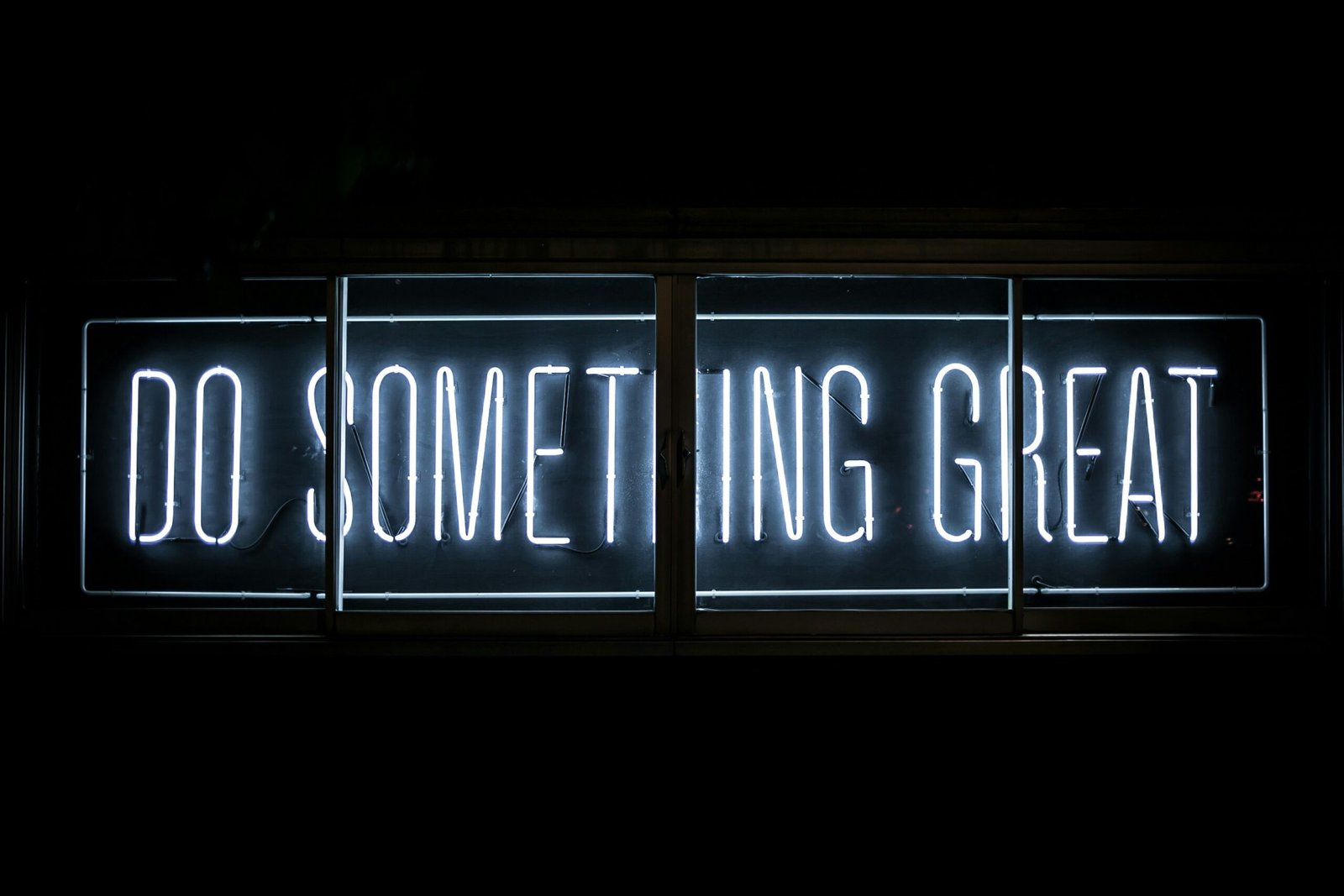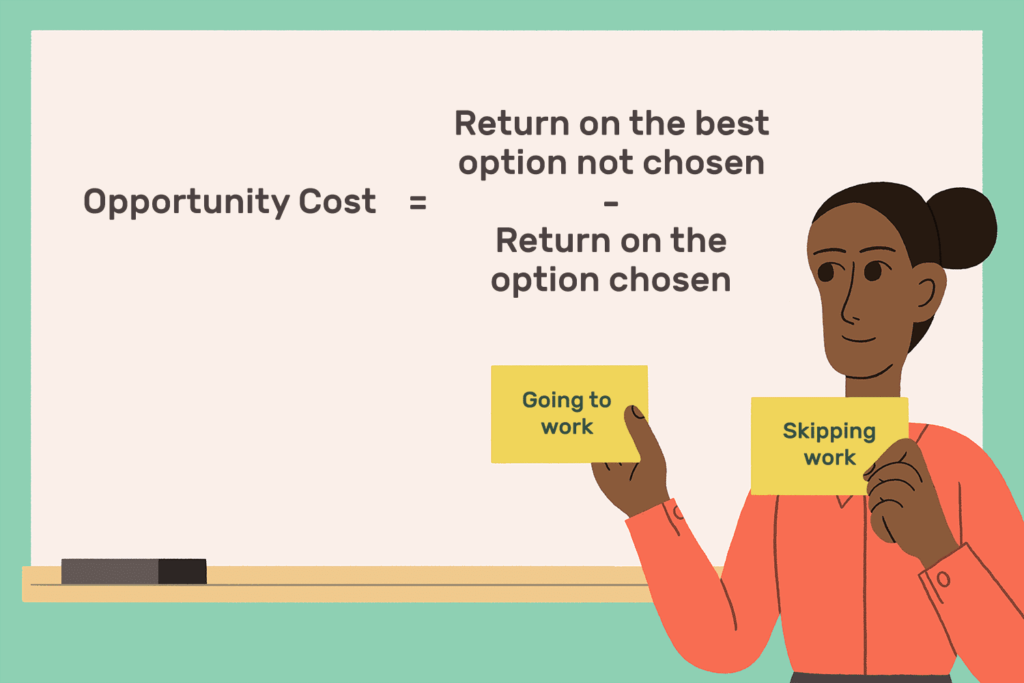In an ideal world, emergencies would politely announce themselves before arriving. But we all know real life doesn’t work that way. Whether it’s a sudden job loss, a medical surprise, or an unexpected car repair, emergencies hit hard—and often without warning.
That’s why having an emergency fund isn’t just a “nice-to-have”—it’s a must. But in today’s high-inflation economy, the old rule of saving 3-6 months’ worth of expenses might not be cutting it anymore. So, the real question is: how much is enough now?
Let’s break it down.
🚨 Why Emergency Funds Matter More Than Ever
With inflation pushing the cost of living higher year after year, a financial safety net is more important than ever. Groceries, rent, insurance, and even streaming services—everything costs more. And when prices go up, so do the risks of falling behind after just one unexpected expense.
Think of your emergency fund as your personal insurance policy—not for what you expect, but for what you can’t predict.
💸 The New Rule: 6 to 12 Months of Essential Expenses
Traditionally, financial experts recommended 3 to 6 months of essential living expenses. But in 2025, many advisors are now recommending 6 to 12 months, especially if:
- You’re self-employed or freelance.
- You have dependents.
- Your job is in a volatile industry.
- You live in a high-cost area.
✅ Essential Expenses Include:
- Rent or mortgage
- Utilities
- Groceries
- Insurance premiums
- Minimum debt payments
- Transportation costs
This doesn’t mean saving a year of your entire income—just enough to cover the basics if things go sideways.
📊 Inflation-Proofing Your Emergency Fund
Here’s the tricky part: parking your emergency fund in a regular savings account might not keep up with inflation. So, how do you protect your money and keep it accessible?
1. High-Yield Savings Accounts
These offer better interest rates than traditional savings accounts. While they won’t outpace inflation entirely, they’ll help slow the erosion of your fund’s value.
2. Money Market Accounts or Short-Term CDs
Some money market accounts provide higher yields and are still fairly liquid. Short-term certificates of deposit (CDs) can also work for the portion of your fund you’re less likely to need immediately.
3. Cash Accessibility
Keep at least one-third of your fund in a highly liquid form (like a savings account or cash) for true emergencies where instant access is key.
🧮 How to Build (or Rebuild) Your Fund
If the idea of saving six months’ worth of expenses feels overwhelming, don’t panic. Here’s a realistic plan:
- Set a Small Goal First – Start with a $1,000 buffer.
- Automate Your Savings – Set up recurring transfers to your emergency fund.
- Cut & Redirect – Cancel unused subscriptions or cook more at home, and send the savings straight to your fund.
- Use Windfalls Wisely – Tax refund? Bonus? Gift? Funnel a portion into your safety net.
🛡️ Final Thought: Peace of Mind is Priceless
An emergency fund isn’t just about money—it’s about security, peace of mind, and knowing you’re prepared no matter what life throws at you. In a world where economic uncertainty is the new normal, there’s nothing more empowering than having a financial fallback plan.
So don’t wait for the next crisis to start saving. Build your emergency fund now, and let it be your financial shield in turbulent times.



